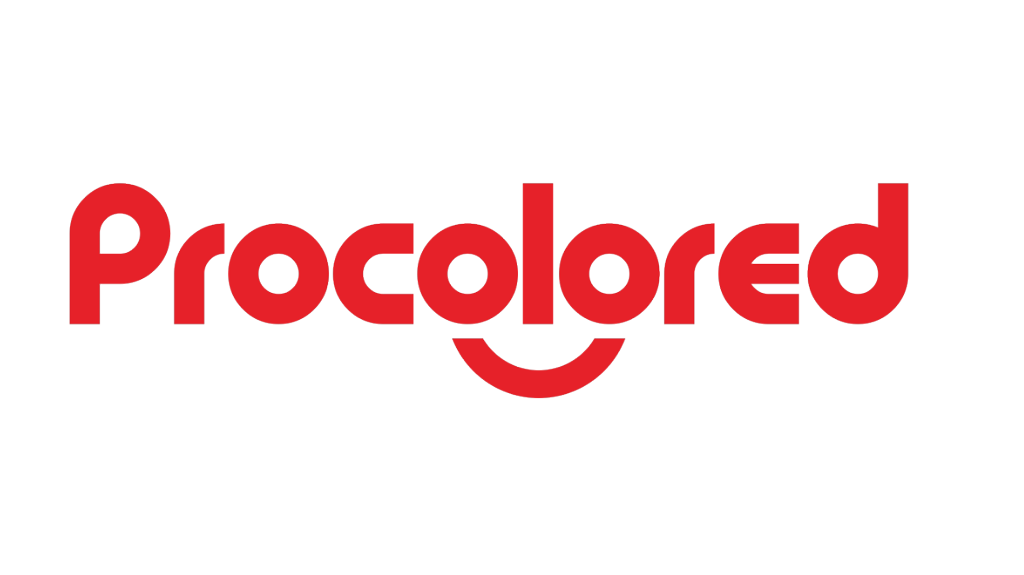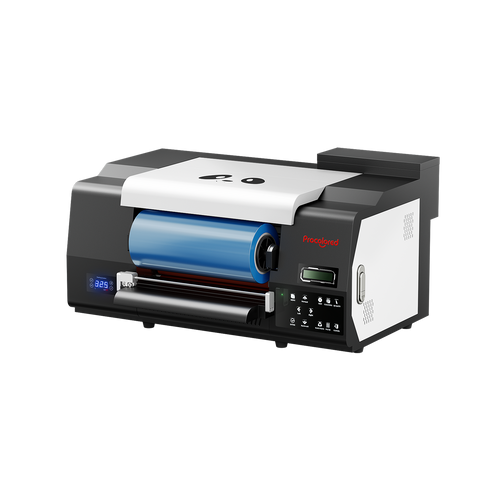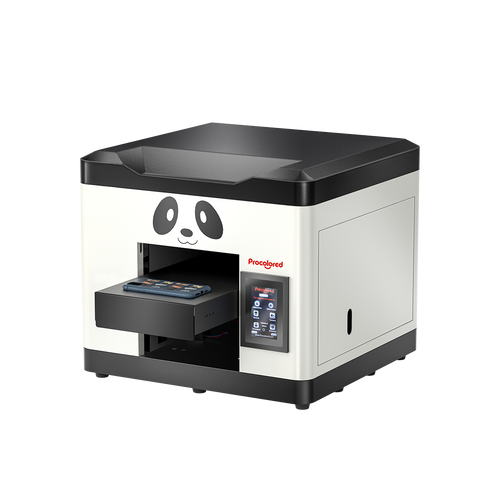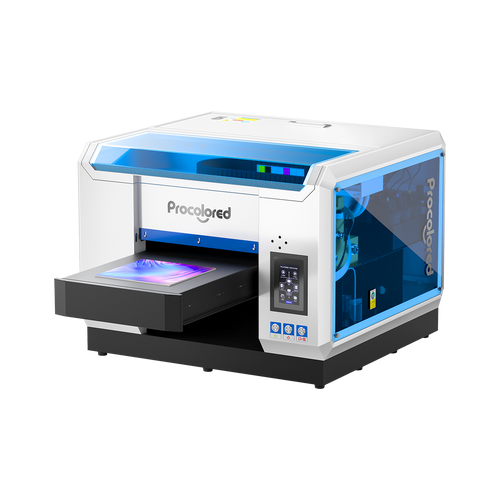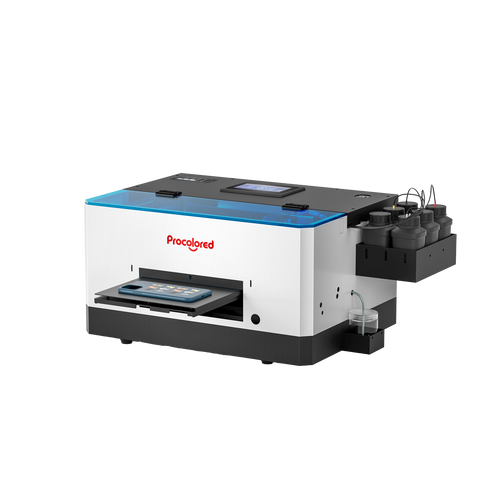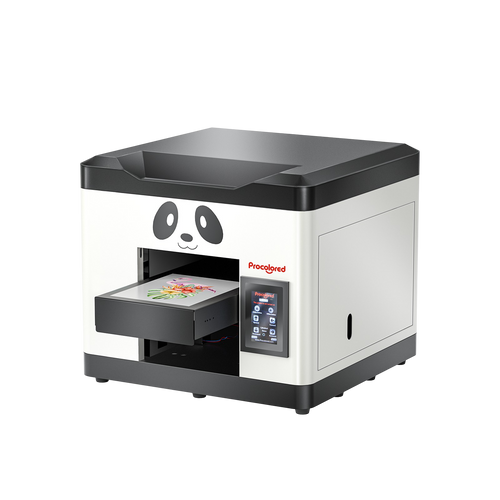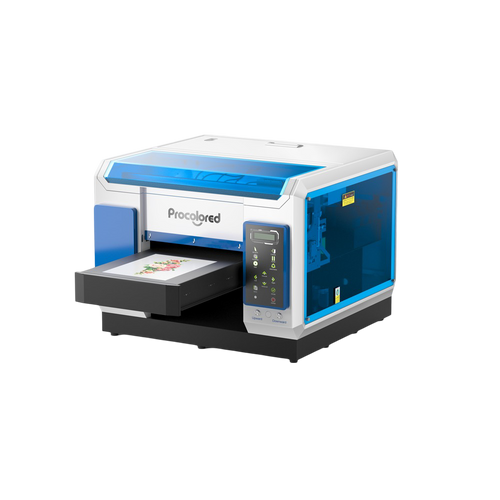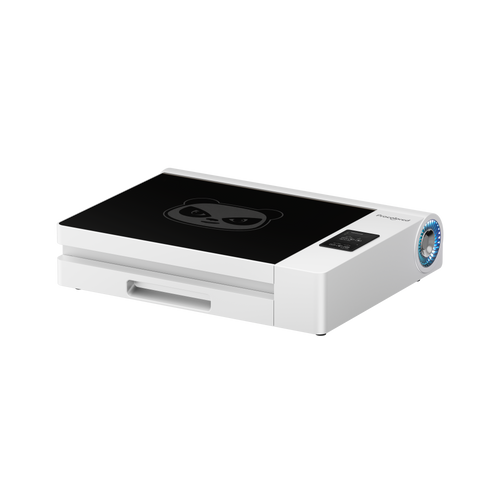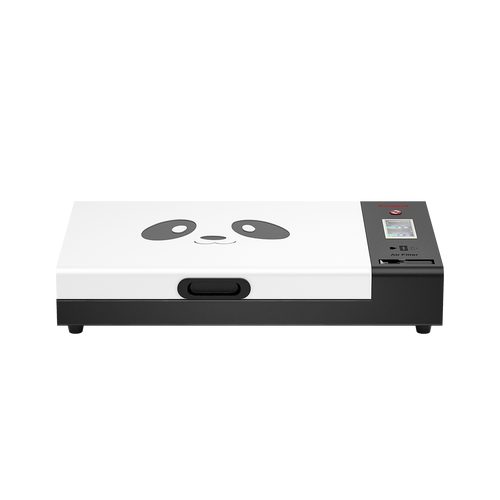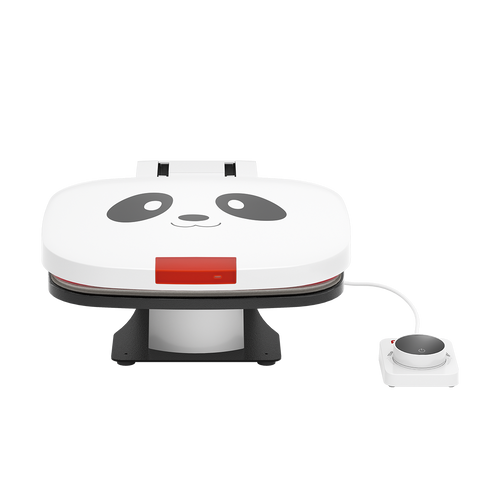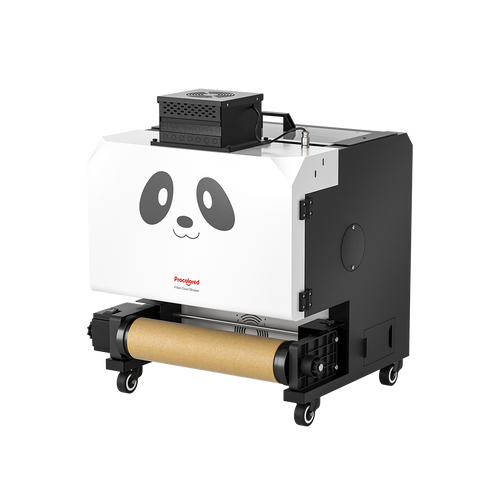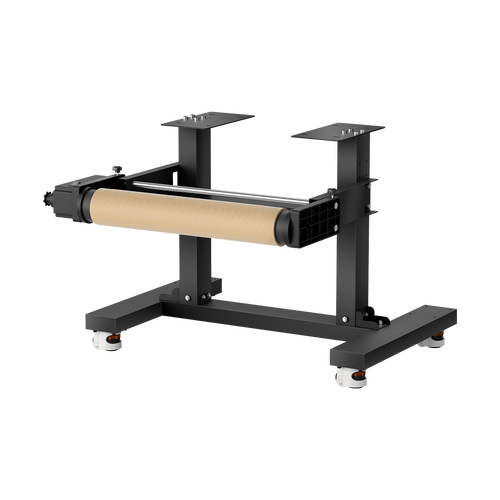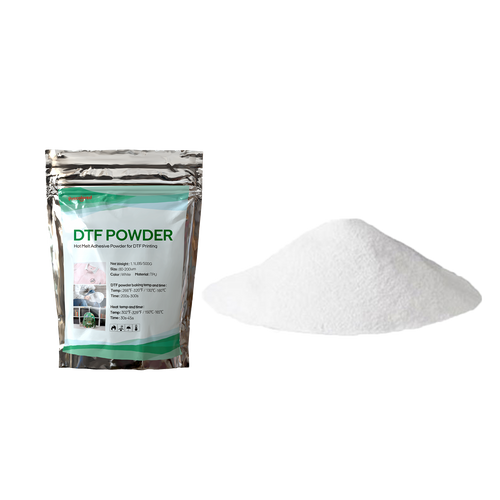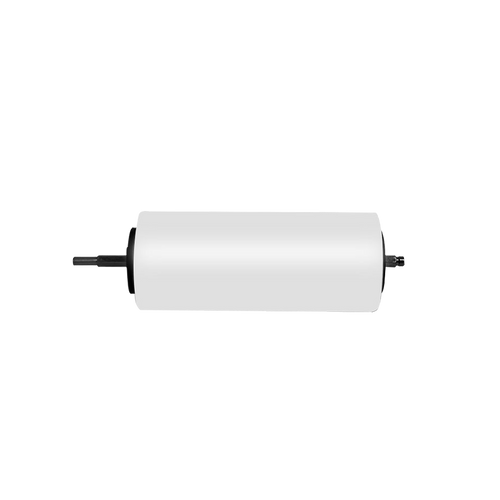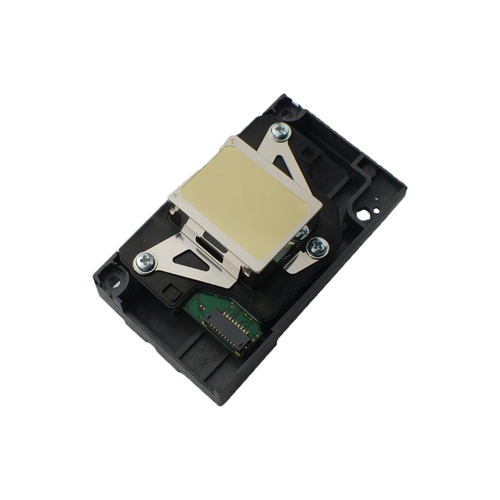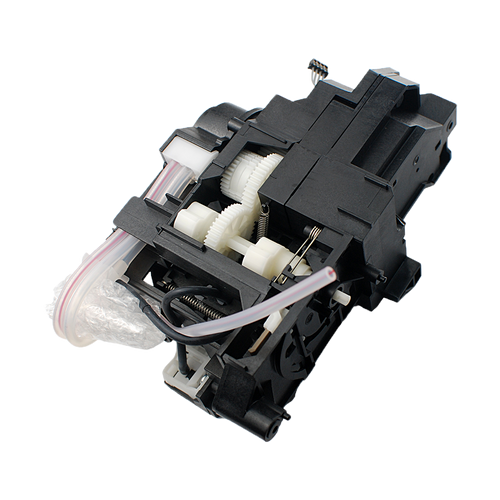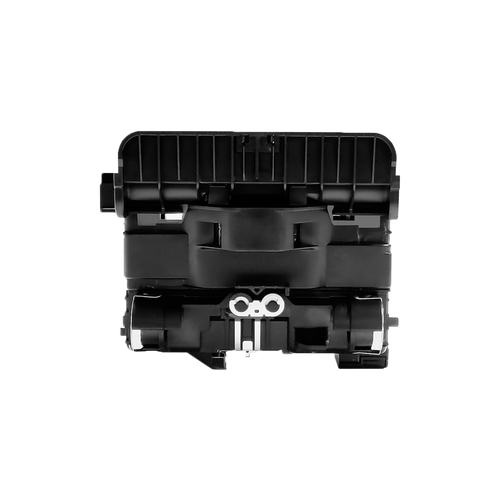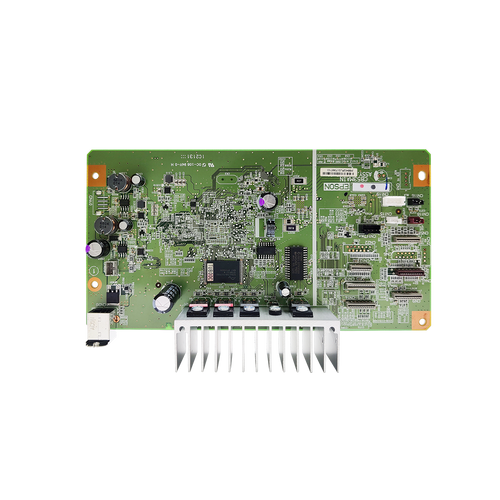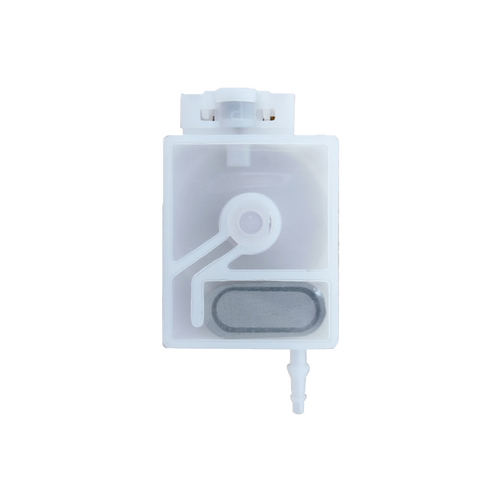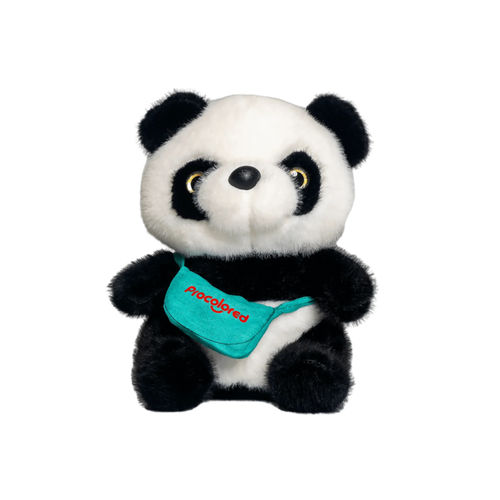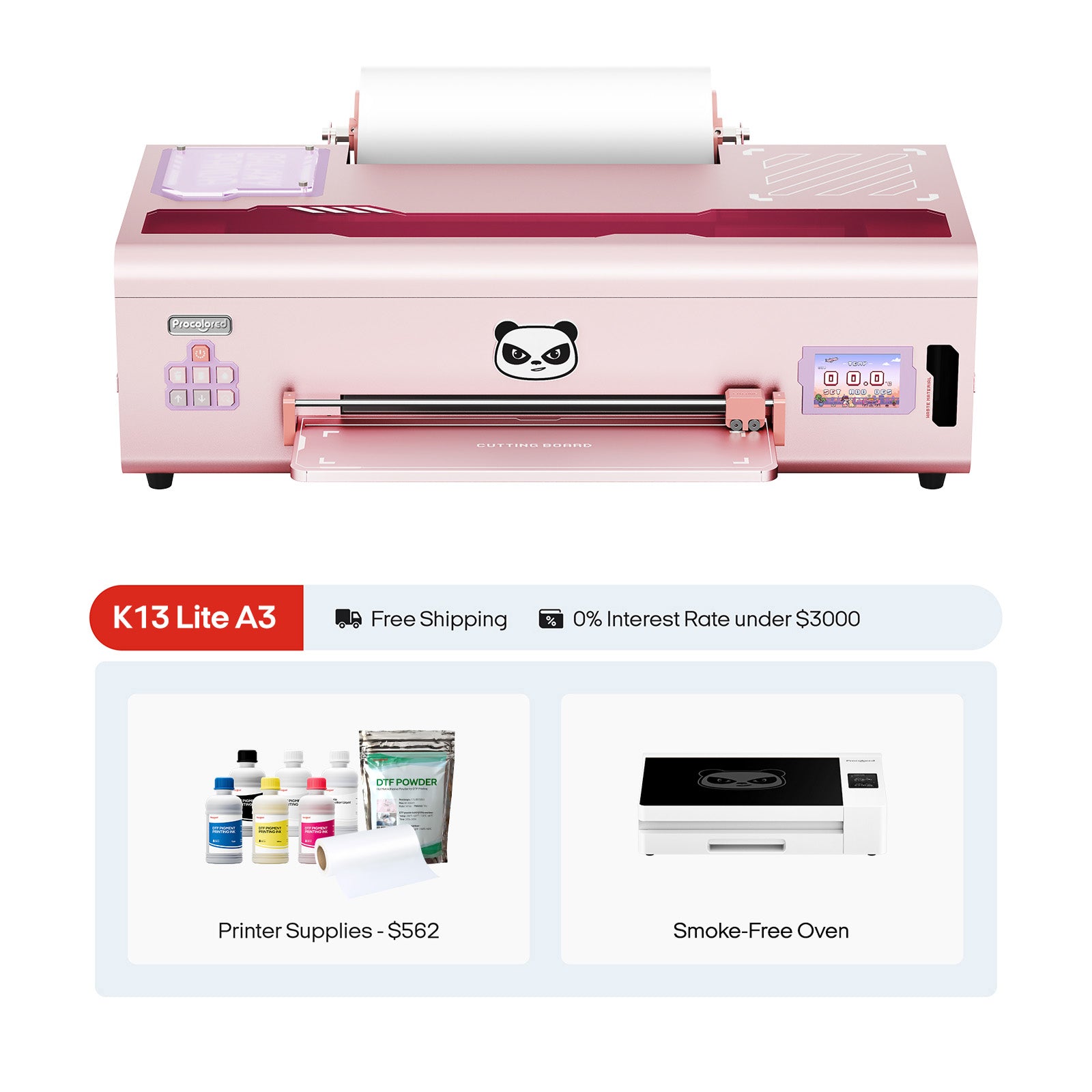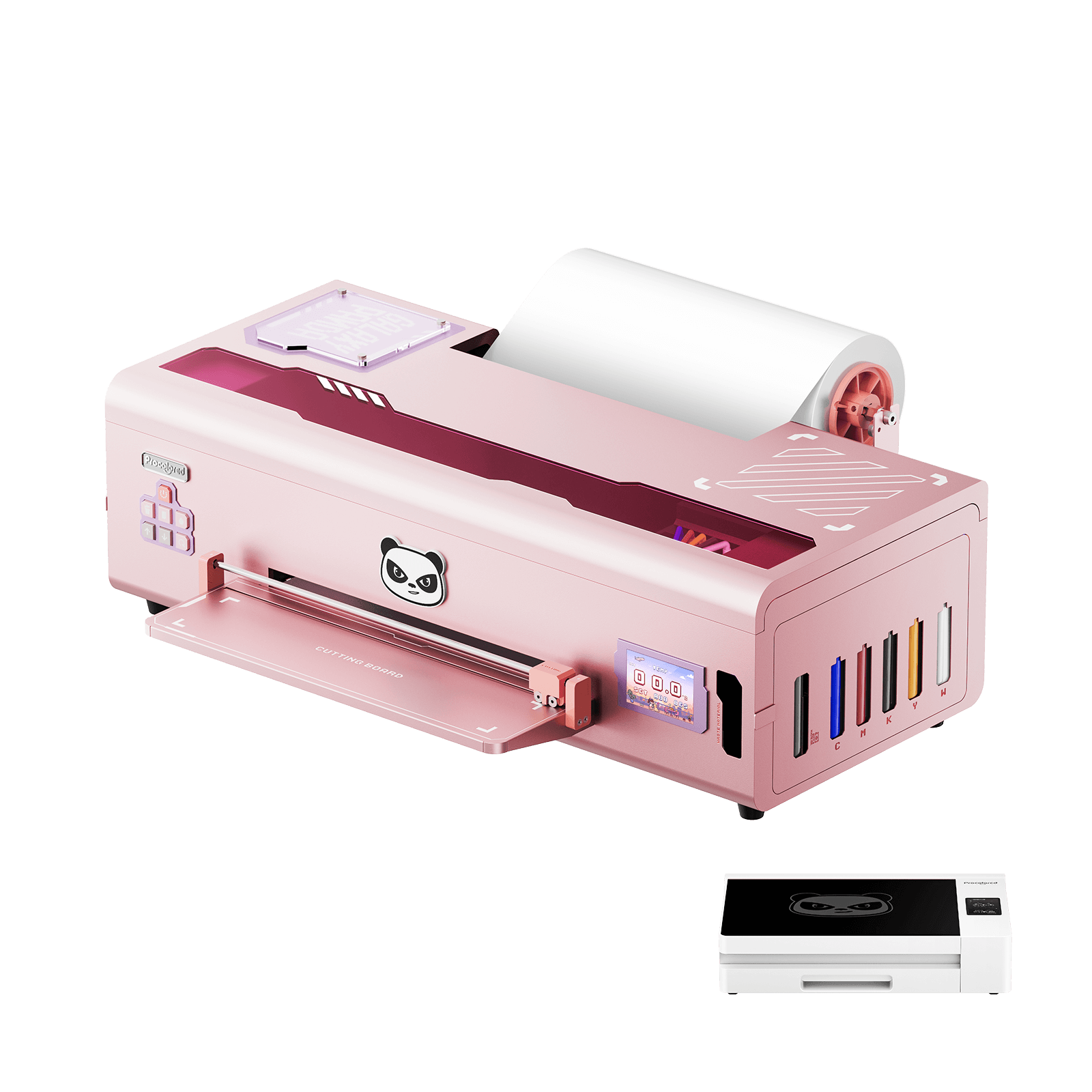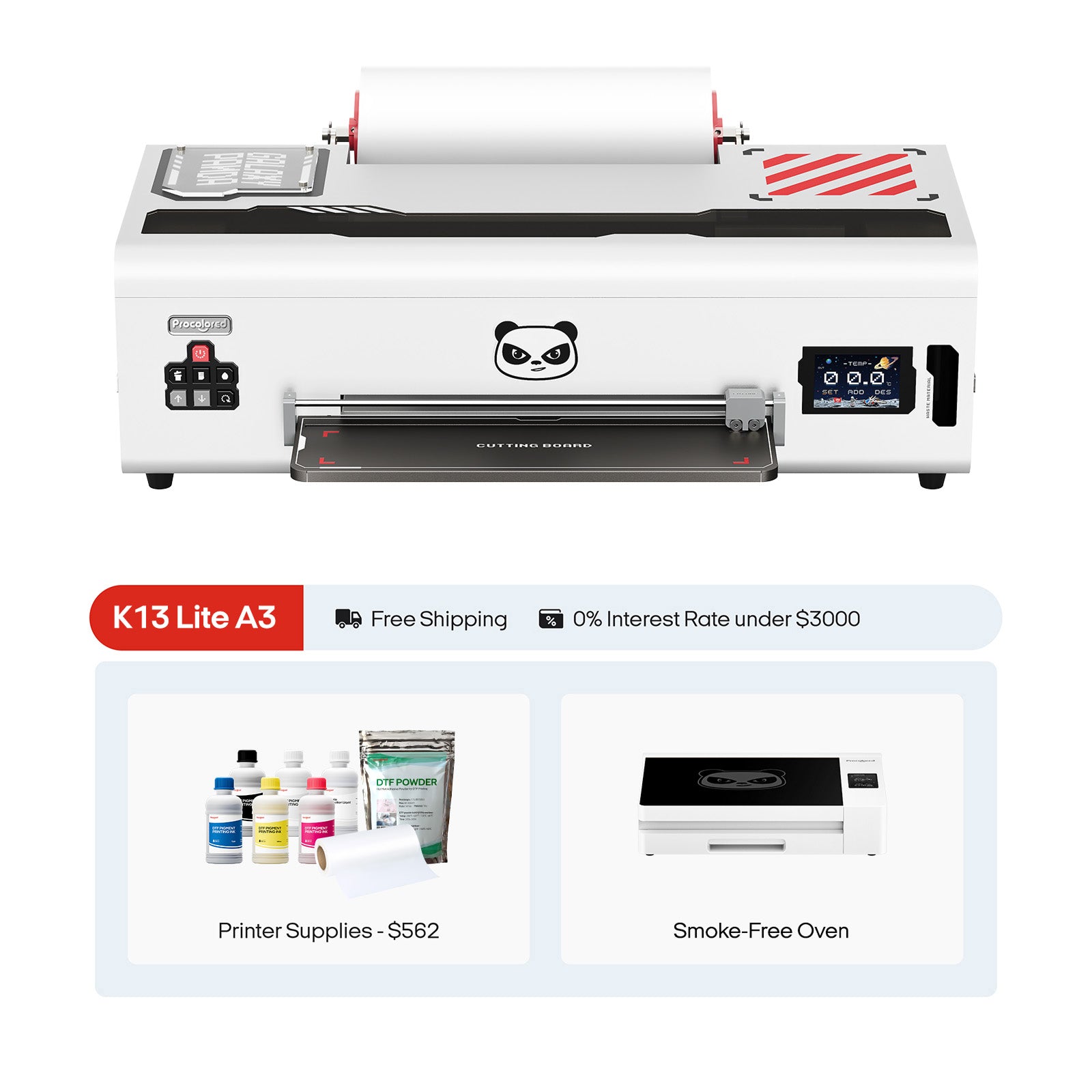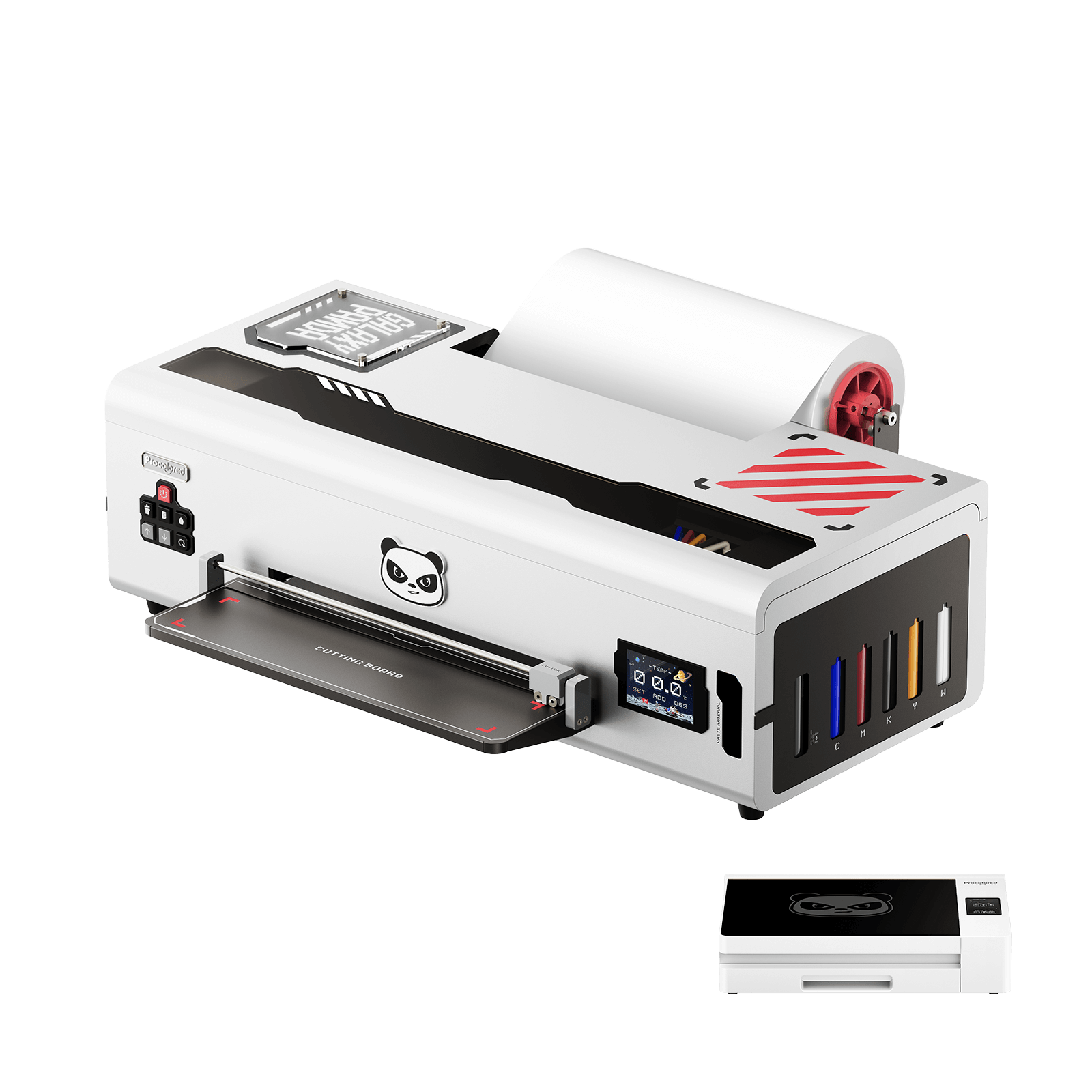2.The Advantages of DTF Transfers Printing
Digital printing involves spraying your designs, just like an inkjet printer, directly print onto the products. However, With DTF printing, your motif is first printed onto a foil (or film). This allows for very exact ink quantities, meaning vibrant colors, opaque whites as well as remarkably sharp and fine edges. DTF film absorbs almost every drop of color, so even high levels of detail and color gradients are no problem. This is A big revolution in the industry of Tshirt printing machine for small business.

Once the film has been printed, you will need get a layer of adhesive on it, before being pressed onto the product, which sits in a pressing device. This makes T-shirt printing ideally suited for both light and dark products. It’s ultimately just as durable and stretchable as the product fabric. Learn how to make dtf transfers at home.
Here’s a quick summary of the main advantages:
Available for all imge formats
Extremely stretchable and durable
Suitable for dark and light textiles
Compatible with cotton, polyester, blended fabrics and many other materials

Seven Reasons Why Direct-to-Film (DTF) Printing is a Great Addition to Your Business
Recently you may have come across discussions debating Direct To Film (DTF) printing versus DTG printing and wondered about the advantages of DTF technology. While DTG printing produces high-quality full-size prints with brilliant colors and an incredibly soft hand feel, DTF printing has some benefits that make it the perfect addition to your garment printing business. Let’s get into the details!
Direct-to-film printing involves printing a design onto a special film, applying and melting a powder adhesive to the printed film, and pressing the design onto the garment or merchandise. You will need transfer film and hot melt powder, as well as the software to create your print – no other special equipment is needed! Below, we discuss seven advantages of this newer technology.
(1)Apply to a wide variety of materials
While direct-to-garment printing works best on 100% cotton, DTF works on many different garment materials: cotton, nylon, treated leather, polyester, 50/50 blends, and both light and dark fabrics. The transfers can even be applied to different types of surfaces like luggage, shoes, and even glass, wood, and metal! You can expand your inventory by applying your designs to a whole variety of merchandise with DTF.
(2) No need for pretreatment
If you already own a DTG printer, you are probably quite familiar with the pretreatment process (not to mention the drying time). The hot melt power that is applied to the DTF transfers bonds the print directly to the material, meaning no pretreatment is necessary!
(3) Use less white ink
DTF requires less white ink – about 40% white versus 200% white for DTG printing. White ink tends to be the most expensive since more of it is used, so reducing the amount of white ink used for your prints can be quite a money saver.
(4) More durable than DTG prints
There’s no denying that DTG prints have a soft, barely-there hand feel because the ink is applied directly to the garment. While DTF prints don’t have the same soft hand feel that DTG can boast, the transfers are more durable. Direct-to-film transfers wash well and are flexible – meaning they won’t crack or peel, making them great for heavy-use items.
(5) Easy application
Printing onto a film transfer means you can place your design on hard-to-reach or awkward surfaces. If the area can be heated, you can apply a DTF design to it! Because all it takes is heat to adhere to the design, you can even sell your printed transfers directly to your customers and allow them to allay the design to whatever surface or item they choose with no special equipment!
(6)Faster production process
Since you can eliminate the step of pretreating and drying your garment, you can cut down on production time significantly. That’s great news for one-off or small-volume orders that traditionally wouldn’t be profitable.
(7)Helps keep your inventory more versatile
While it might not be feasible to print a stockpile of your most popular designs onto every size or color garment, with DTF printing you can print popular designs in advance and store them using very little space. Then you can have your best-sellers always ready to apply to any garment as needed!
3.The procedure is simple, simplifying the tedious steps in the past
Step 1 – Print on Film. Instead of regular paper, insert the PET film into the printer trays
Step 2 – Powdering
Step 3 – Melting the powder
Step 4 – Pre-pressing
Step 5 – Transfer
Step 6 – Cold Peel
Step 7 – Post-pressing
Key Word:
DTF(direct to film) transfer printer
DTG(direct to garment) printer
T-shirt printer
T-shirt printing machine for small business
T-shirt transfer printing
T-shirt business

